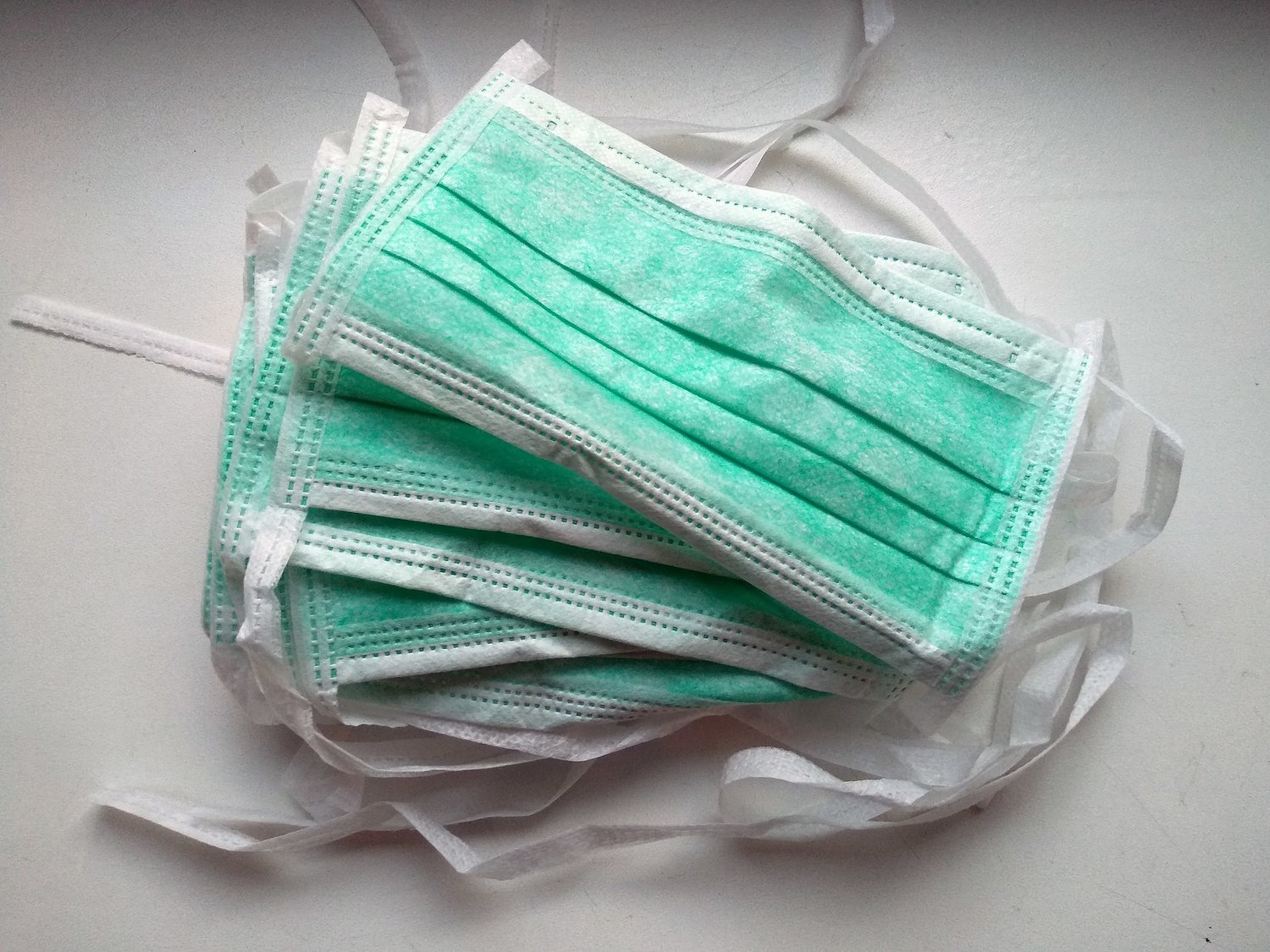
Masks are an annoyance for those who use them, but do they really stop the spread of the virus? If so, which mask is best? Do you need a mask if you always social distance?
Research from around the world has answered these questions.
The right mask used correctly, along with distancing, effectively stops the spread of the SARS-CoV-2 virus that causes COVID-19. Countries that have masked up have death rates very close to zero. Studies in the U.S that took advantage of regional differences in mask usage have documented the benefit of mask wearing. Estimates suggest that the use of masks could have averted hundreds of thousands of cases of COVID-19 in the U.S. by the end of May 2020.
Scientists now realize that in most infected people the virus replicates first in their nasal passages rather than deep in the lungs. Understanding where the virus replicates gives us a solid rationale for mask use combined with distancing. We now know that unlike influenza, the cells in the nose are where the SARS-CoV-2 virus enters human tissues and starts virus production. So, since the nasal passages that drain into nose and mouth are a first fertile breeding ground for the virus, they are the source for droplets that broadcast the virus via a cough, a sneeze, and even singing or loud talking.
A cough will propel a spray of droplets 6 feet or more while a sneeze can send them up to 20 feet. Moreover, indoors the finer droplets can be carried by air beyond 6 feet and may recirculate. Since the infectious droplets propelled by a cough, a sneeze or shouting are rather large, and the small aerosols carried by indoor air are rather diluted, a simple mask can act as an effective barrier in blocking infectious material beyond the magical 6 feet that defines social distancing.
Masks worn by everybody, if made of the right material, will suppress transmission in two ways. They will stop the droplets at the source (blocking egress), but studies suggest masks are also effective in protecting the wearer — likely by blocking the large spray droplets or some of the floating aerosols that reach beyond 6 feet indoors (blocking ingress).
By blocking both egress and ingress then, masks along with distancing work together to keep you and everyone around you safe.
The evidence is clear: masks and distancing, not masks or distancing. Just distancing, especially indoors, is not an alternative to masks.
Other new studies clear the air about masks and their putative alternative, shields and gaiters or neck scarves. A mask should have at least two layers of closely woven fabric, like cotton. Little or no sunlight should get through. Skip masks with respirator valves. These don’t block particle egress better than simple multilayer cloth masks (and are forbidden in sterile medical environments).
Unless you are a trauma surgeon or operate a lathe, forget plastic face shields since small droplets and aerosols will find a path around them. This is why hospital surgical teams routinely use both: face shields to stop ingress of large splashing droplets and face masks to block aerosols from exhalation by the wearer.
To best minimize egress and ingress, the fabric mask should cover your face from the bridge of your nose to beneath your chin and it should stretch close to your ears with no gaps. It should fit as snugly as comfort permits against your face and you should wear it whenever you are out in public.
By lowering both the likelihood of one person being infected by others and of infecting others, the impact on society of masks is multiplicative. A central problem we face with COVID-19 is that asymptomatic people can infect others. These people may be unaware of the risk they pose simply because they don’t feel sick and never sense they have the COVID-19 disease.
Encouragingly, modeling studies have shown that if 80% of people wear masks that are at least 60% effective (like multilayer cloth masks), the spread of the virus declines in the entire population. In Hong Kong more than 80% of people wear masks in public. There have been only four confirmed deaths due to COVID-19 in Hong Kong since the beginning of the pandemic despite the high population density, regular heavy use of public transportation and proximity to Wuhan, China. Taiwan mandated mask use early this year. Out of a population of 24 million, only six people there have died of COVID-19.
The Institute for Health Metrics and Evaluation at the University of Washington stated in an Aug. 27 report that “The U.S. forecast totals 295,011 deaths by December. As of today, when, thus far, more than 200,000 have died, IHME is projecting approximately 137,000 more deaths. However, starting today, if 95% of the people in the U.S. were to wear masks when leaving their homes, that total number would decrease to 228,271 deaths, a drop of 49%. And more than 66,000 lives would be saved.”
Correct use of masks combined with social distancing is obviously in everyone’s personal interest and our national interest. It would prevent disease now and amplify the benefit of the nation’s vaccination program once it starts. By the combined effects of these measures we can maximize the suppression of the pandemic, get schools and businesses open, and help the country achieve a new normal in a post-COVID-19 world.
Sui Huang, M.D., Ph.D., is professor and Richard Gelinas, Ph.D., is senior research scientist at the Institute for Systems Biology in Seattle. Dr. Huang has pioneered studies in complex dynamics in medicine. Dr. Gelinas’s early work earned a Nobel Prize. He lives in Lakebay.
Additional citations and resources
UNDERWRITTEN BY THE FUND FOR NONPROFIT NEWS (NEWSMATCH) AT THE MIAMI FOUNDATION, THE ANGEL GUILD, ADVERTISERS, DONORS AND PEOPLE WHO SUPPORT INDEPENDENT, NONPROFIT LOCAL NEWS